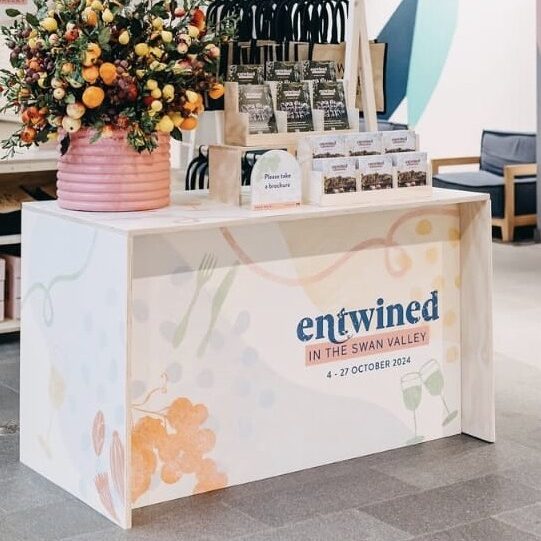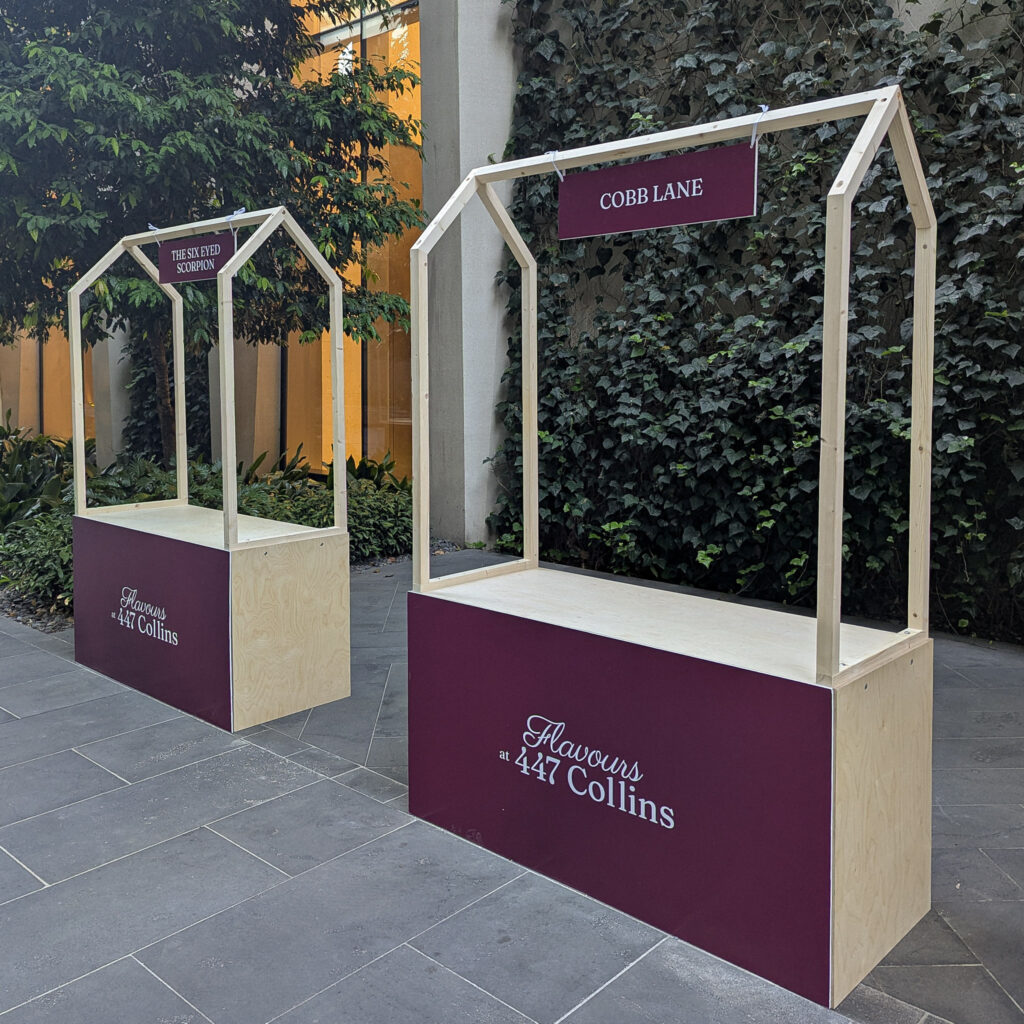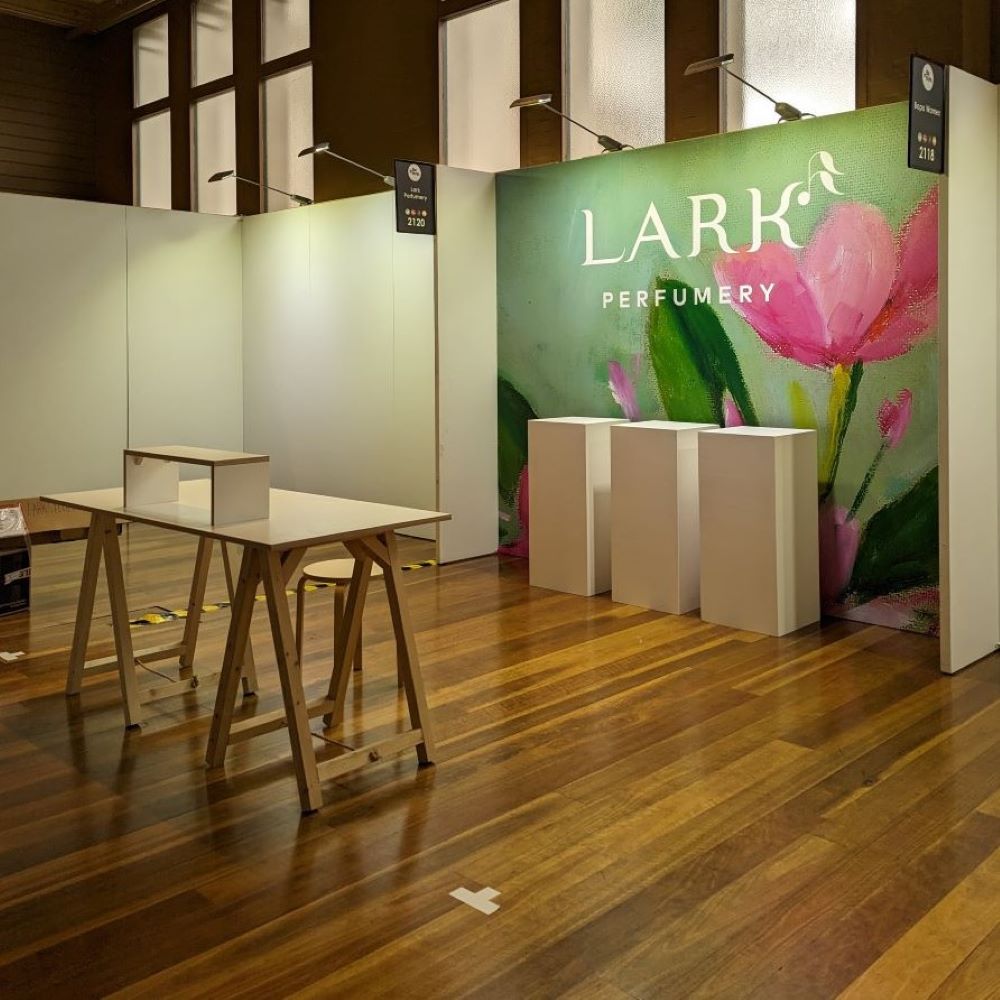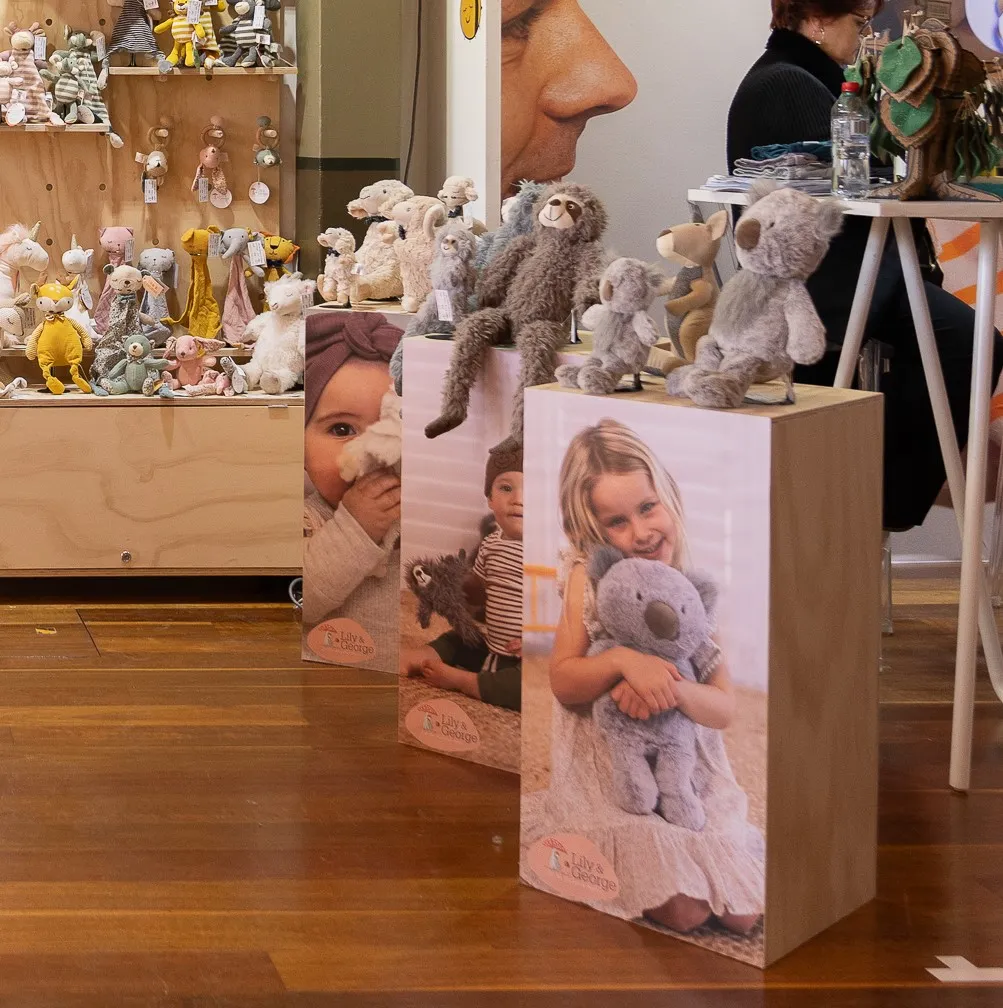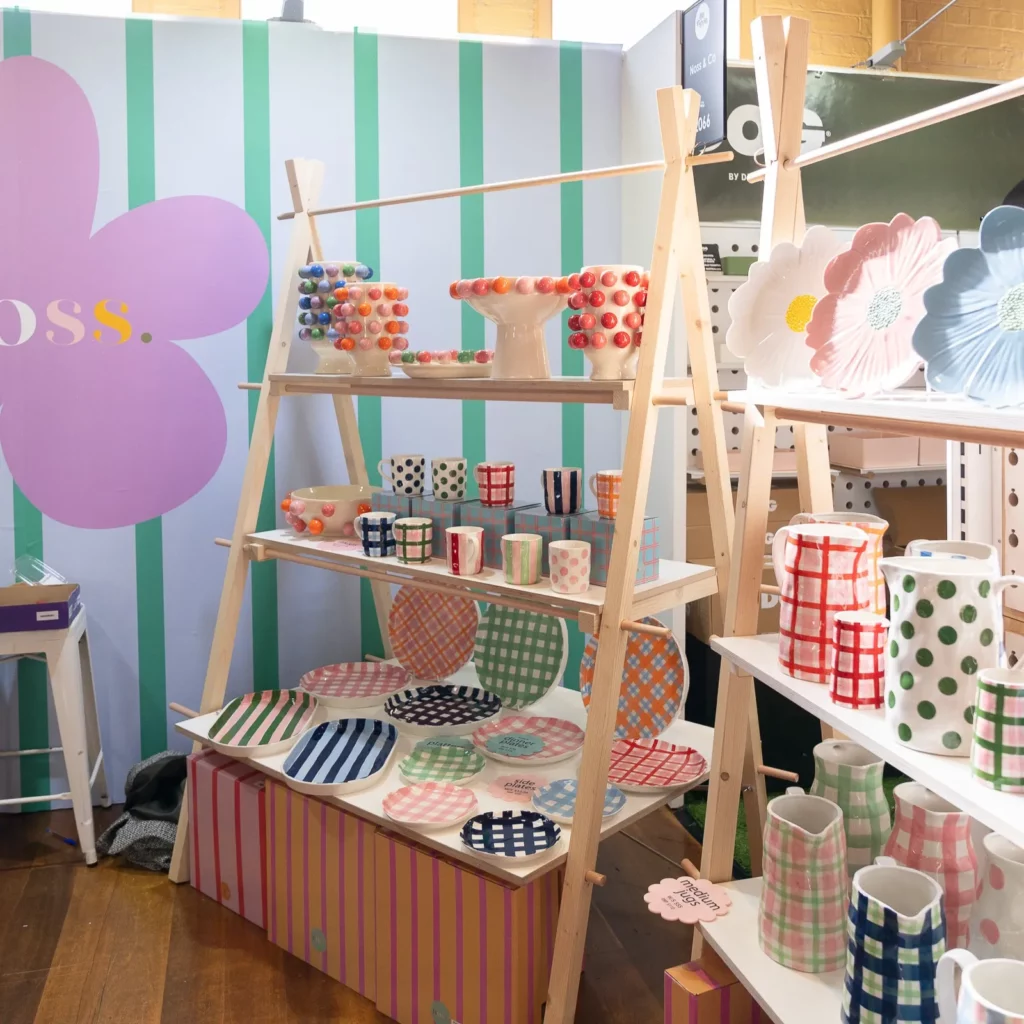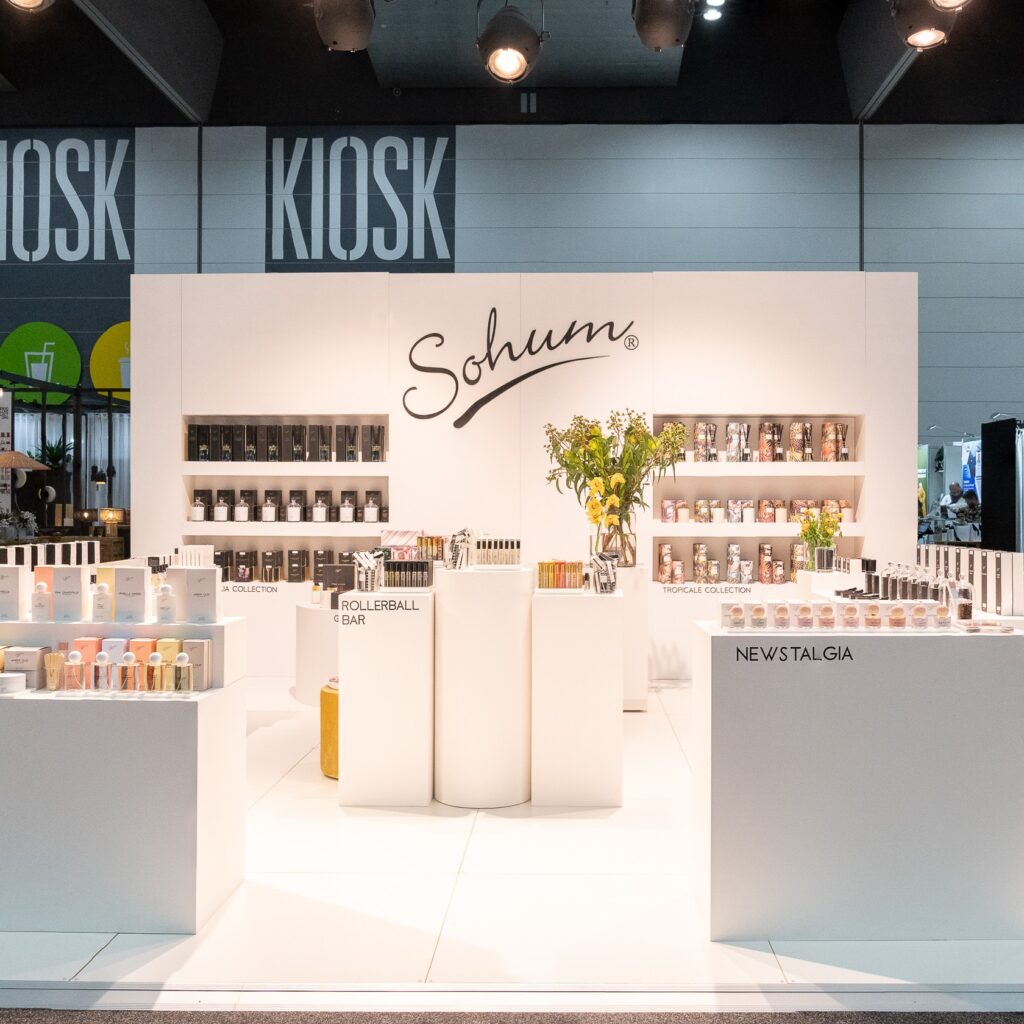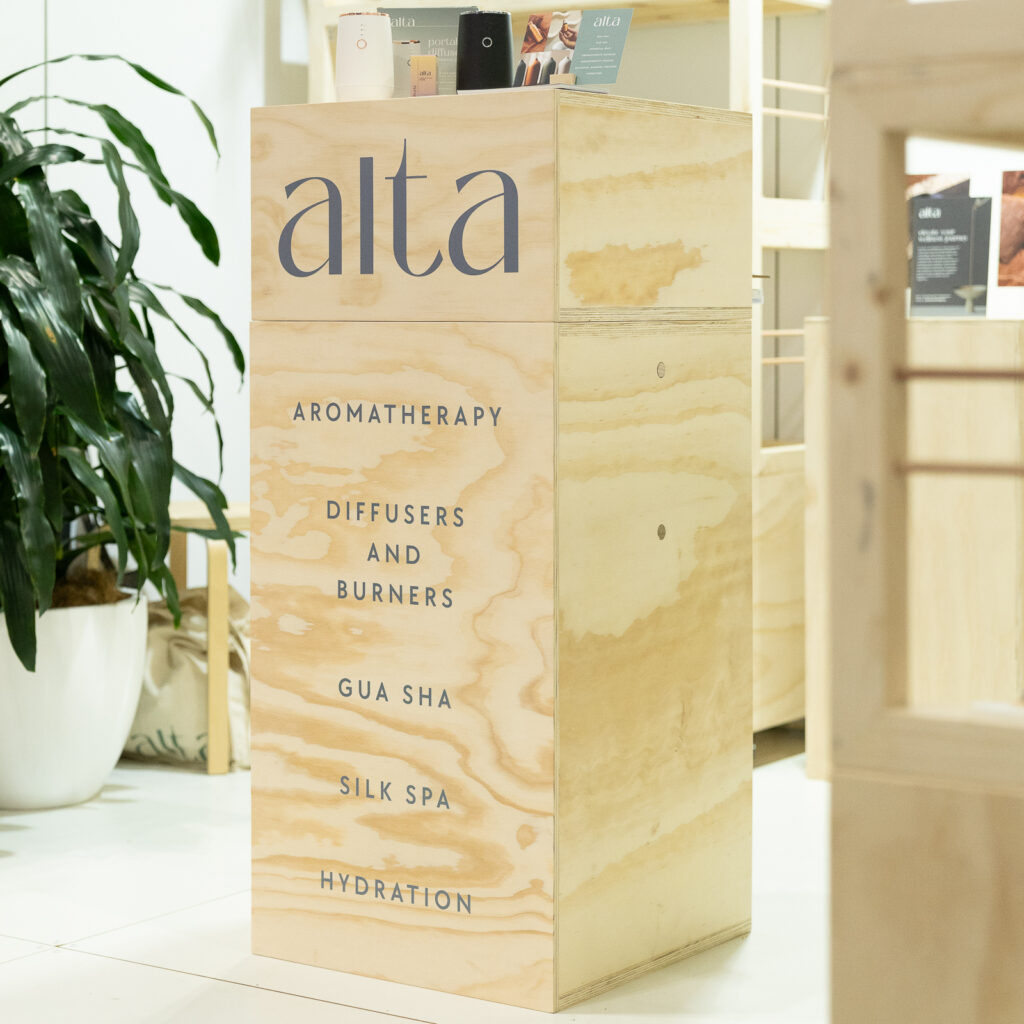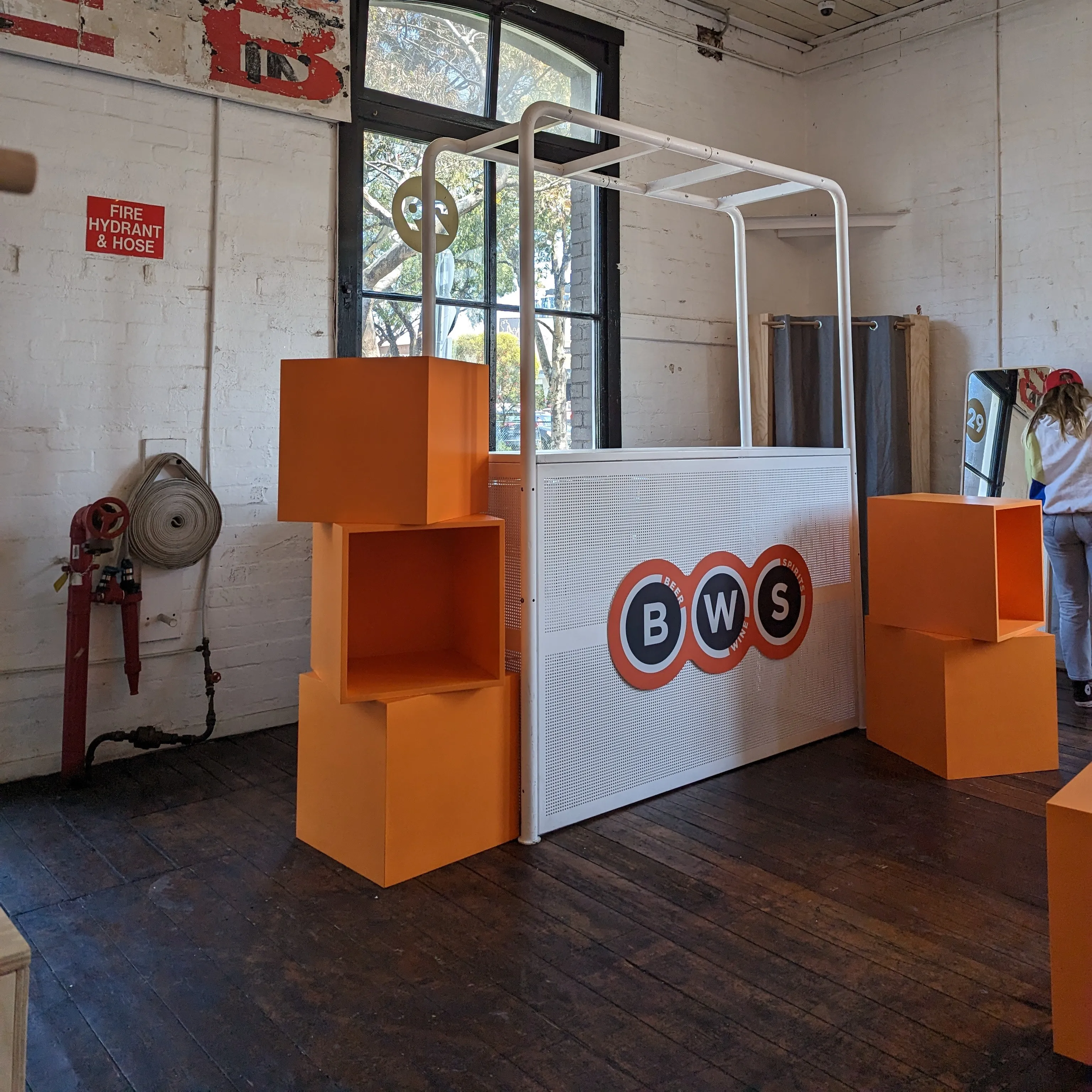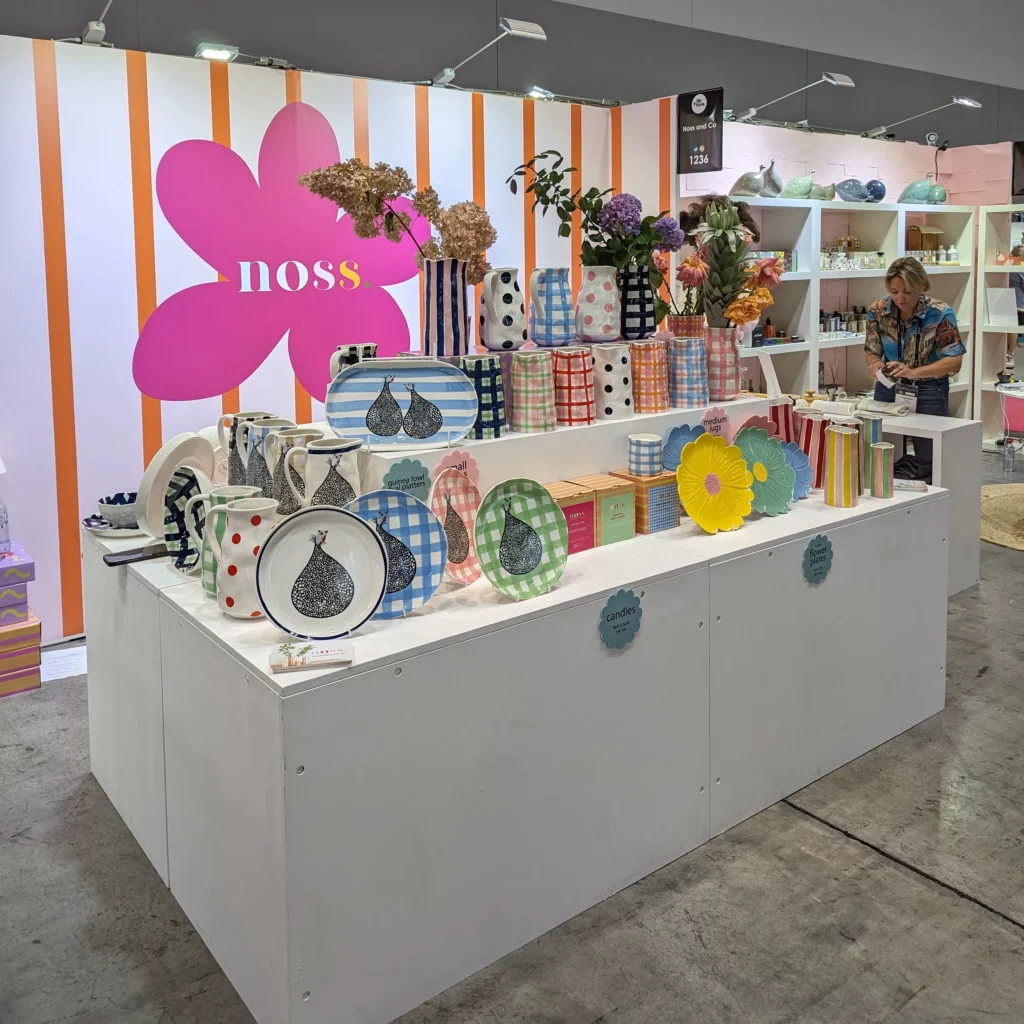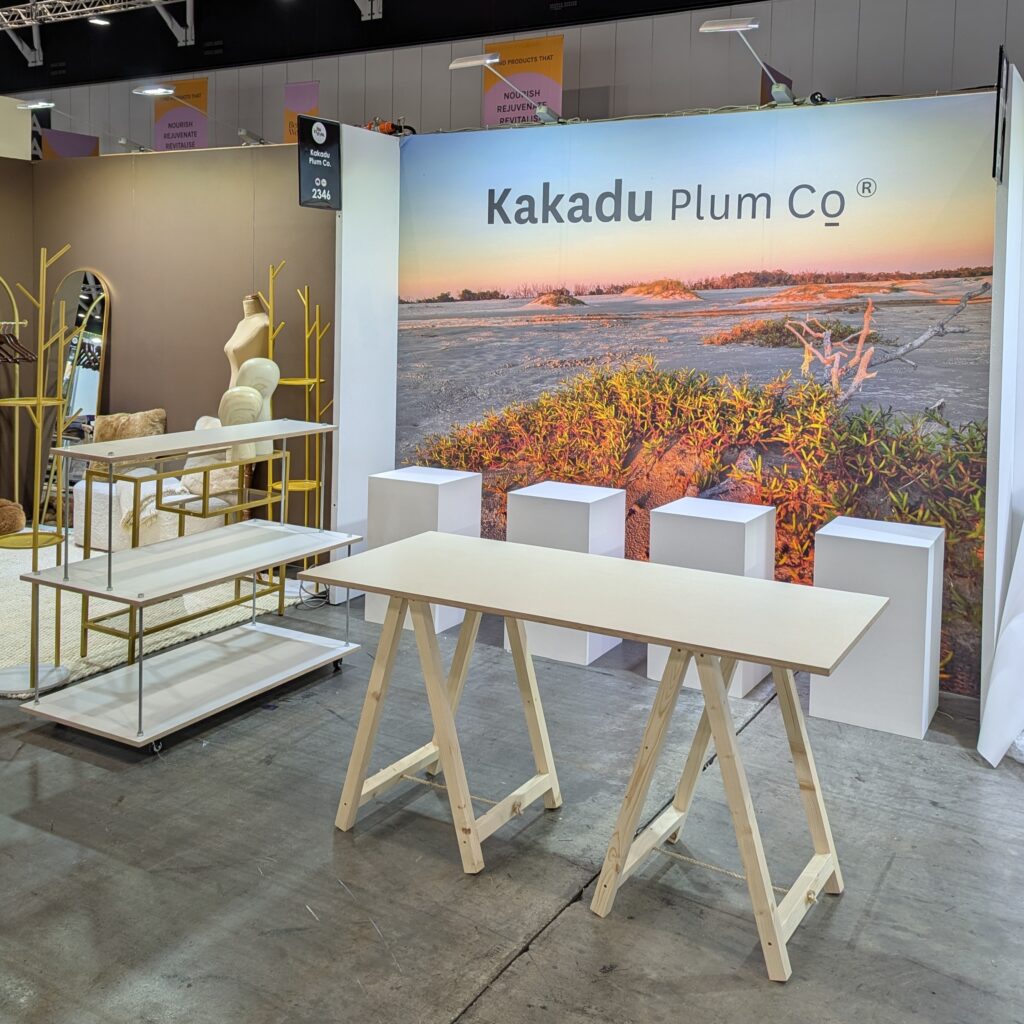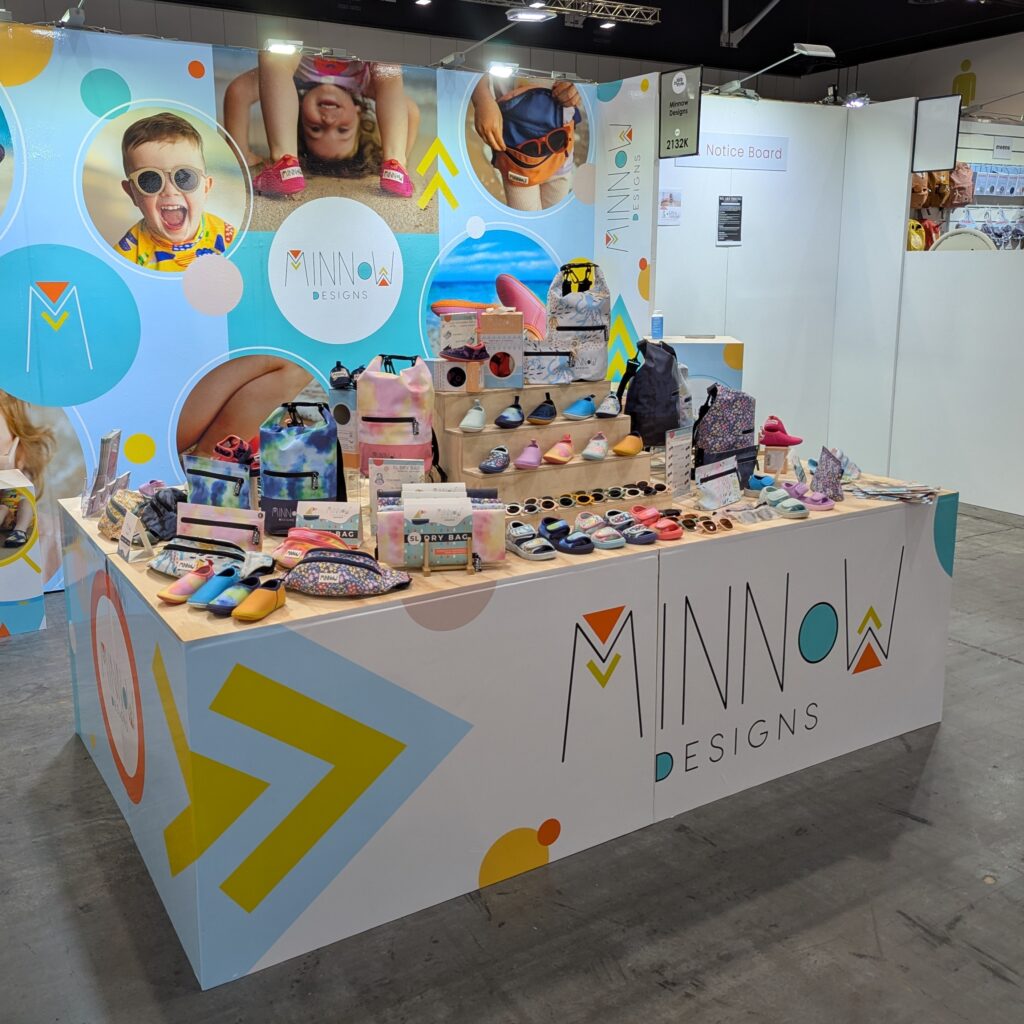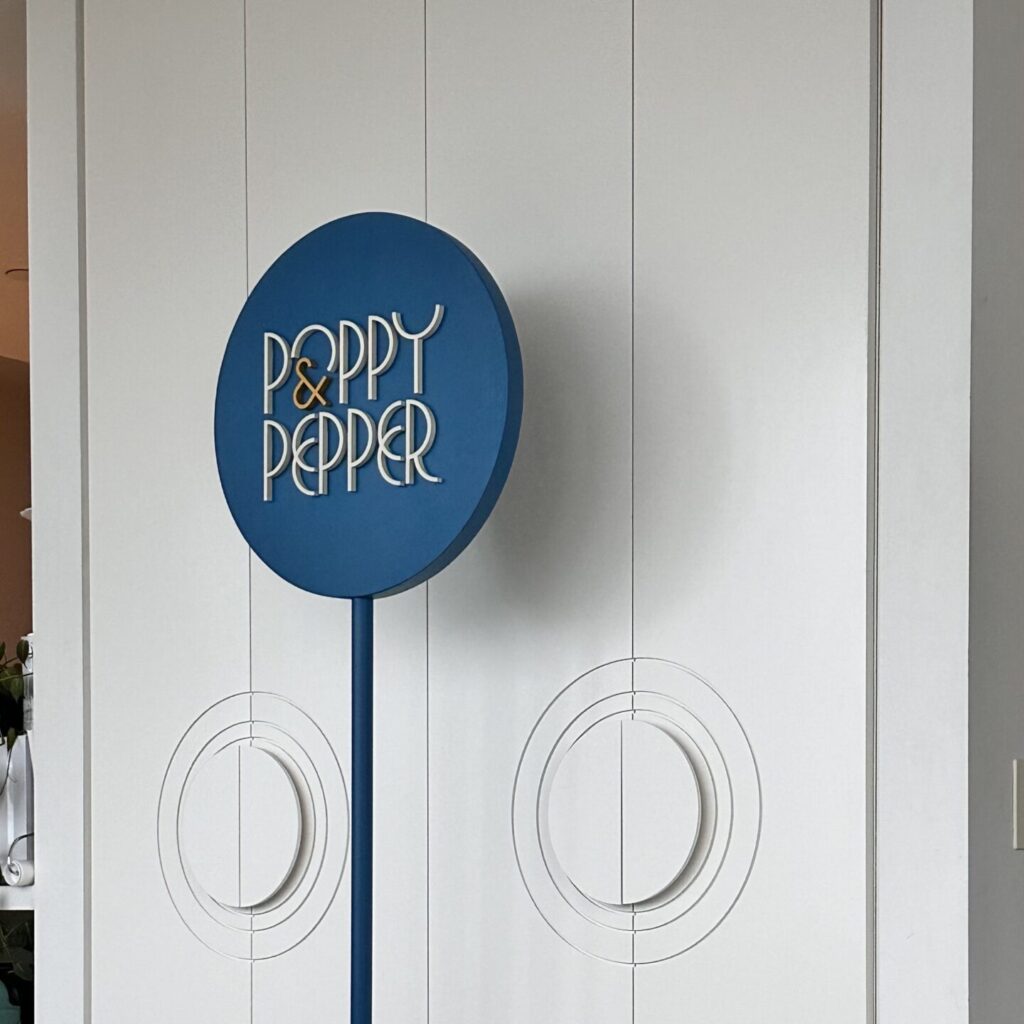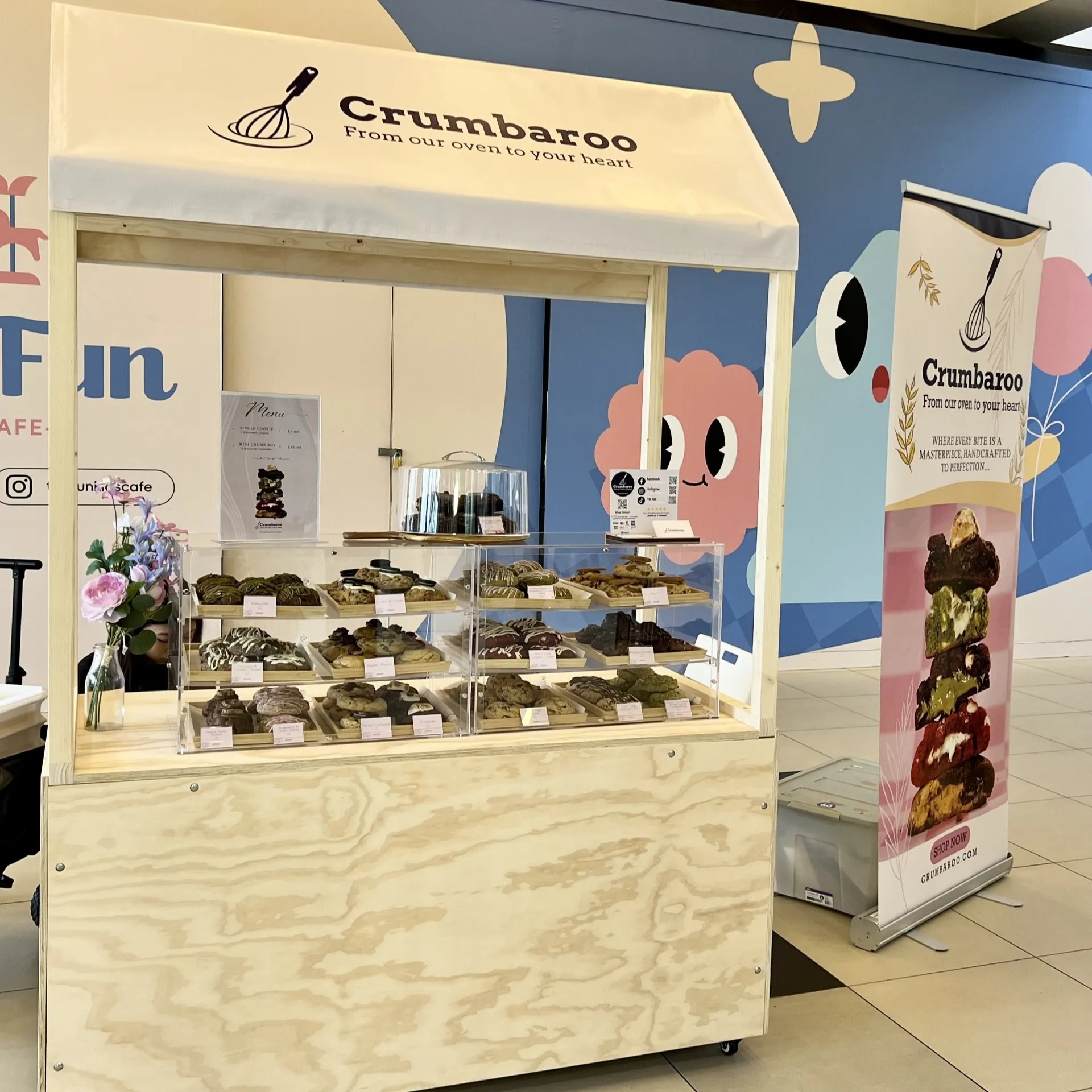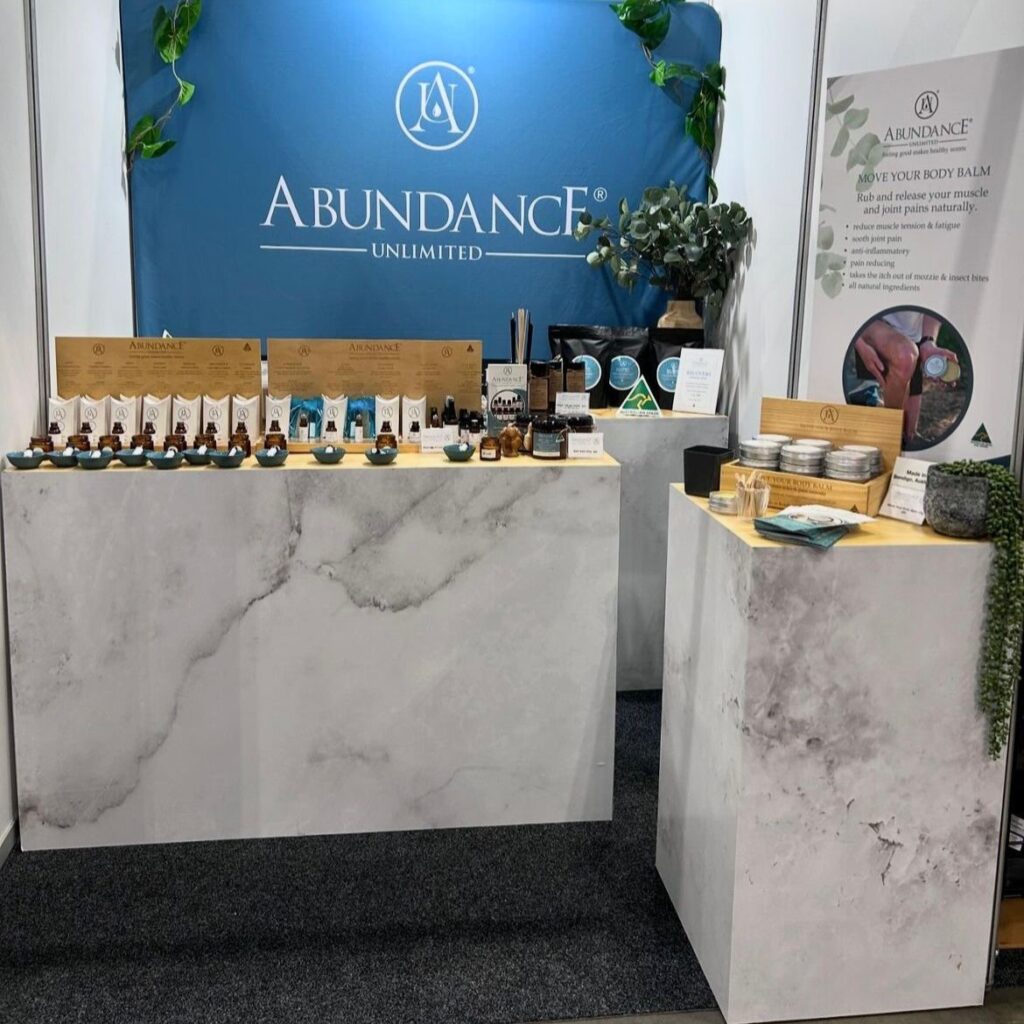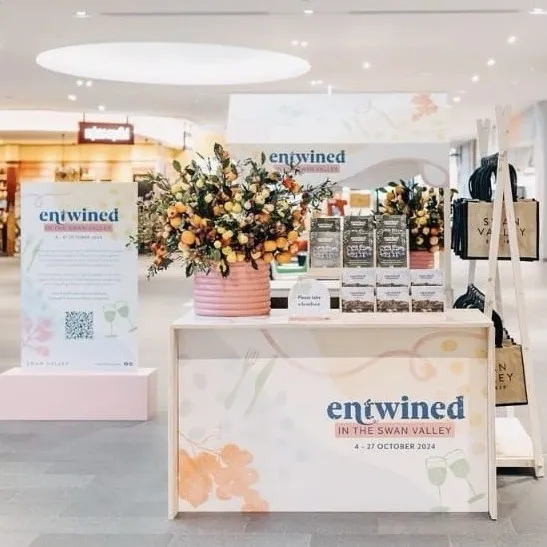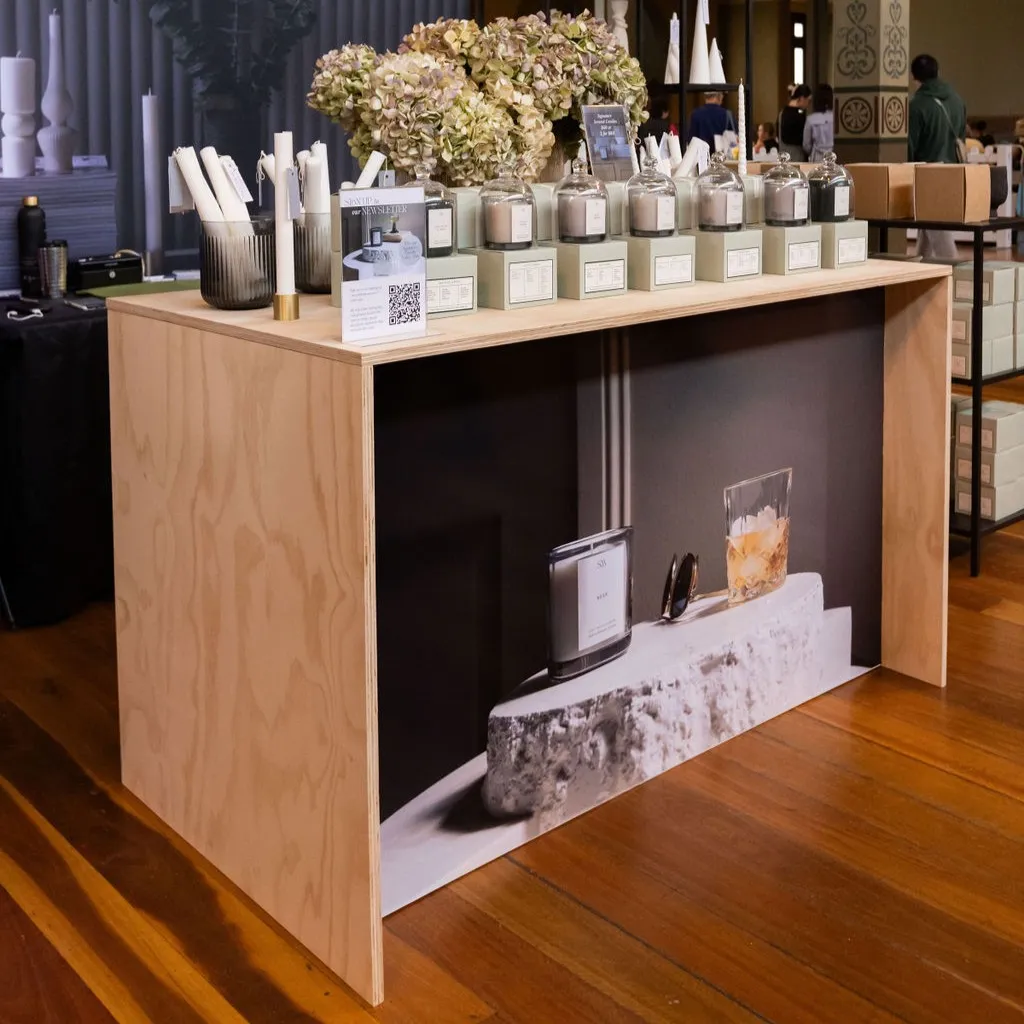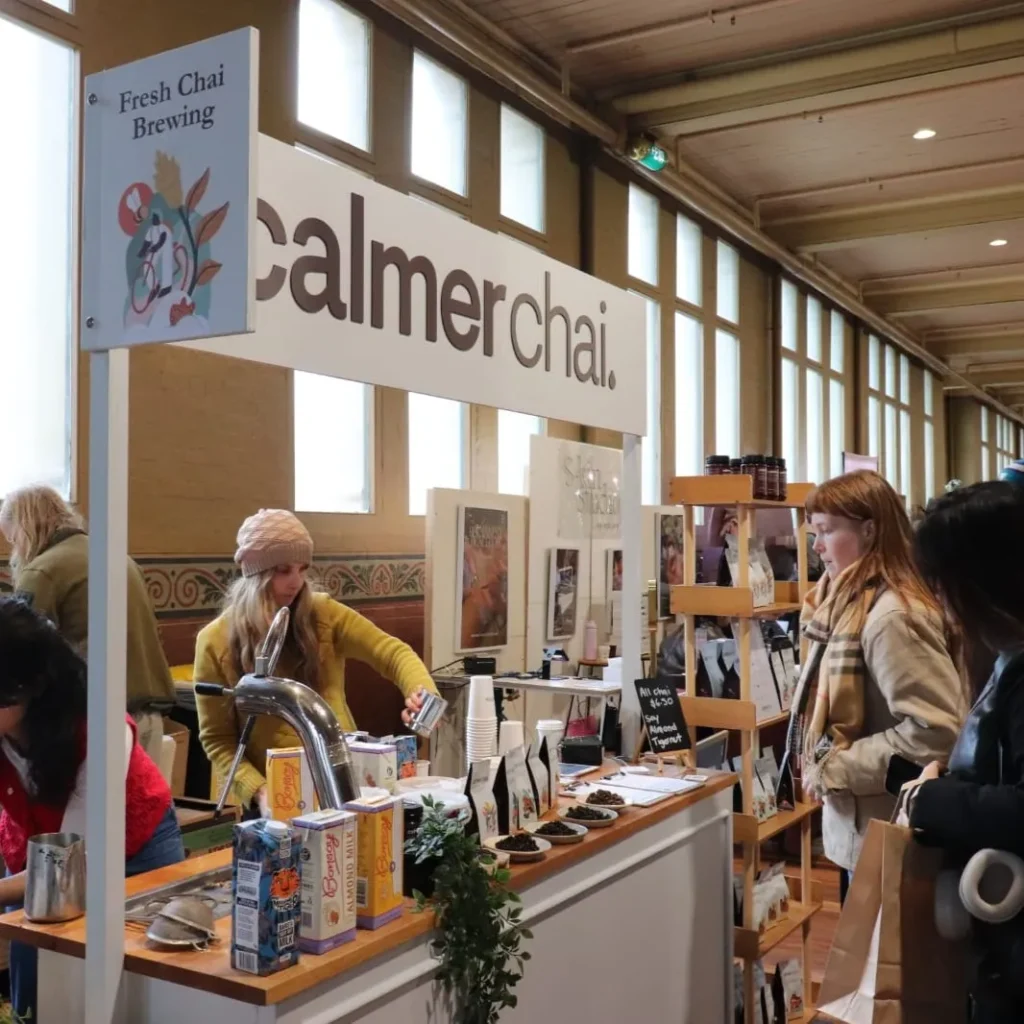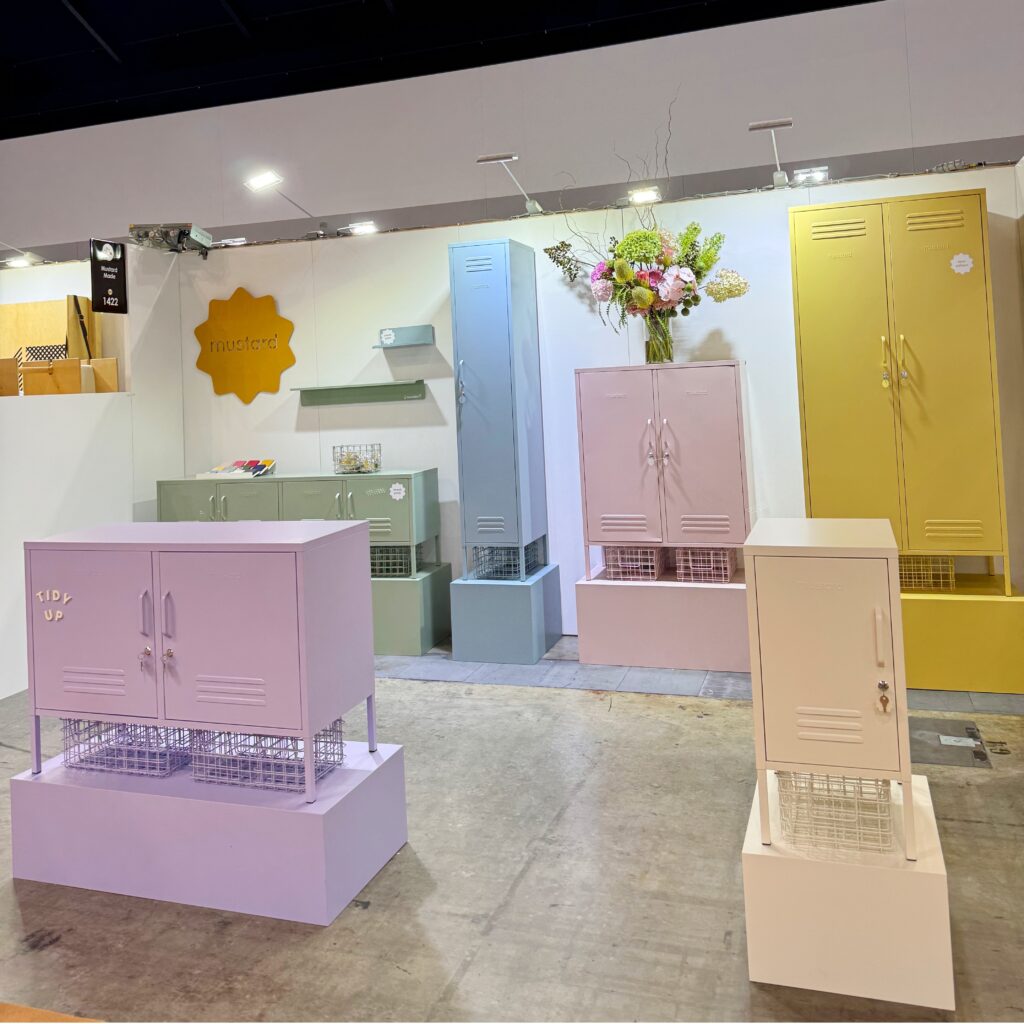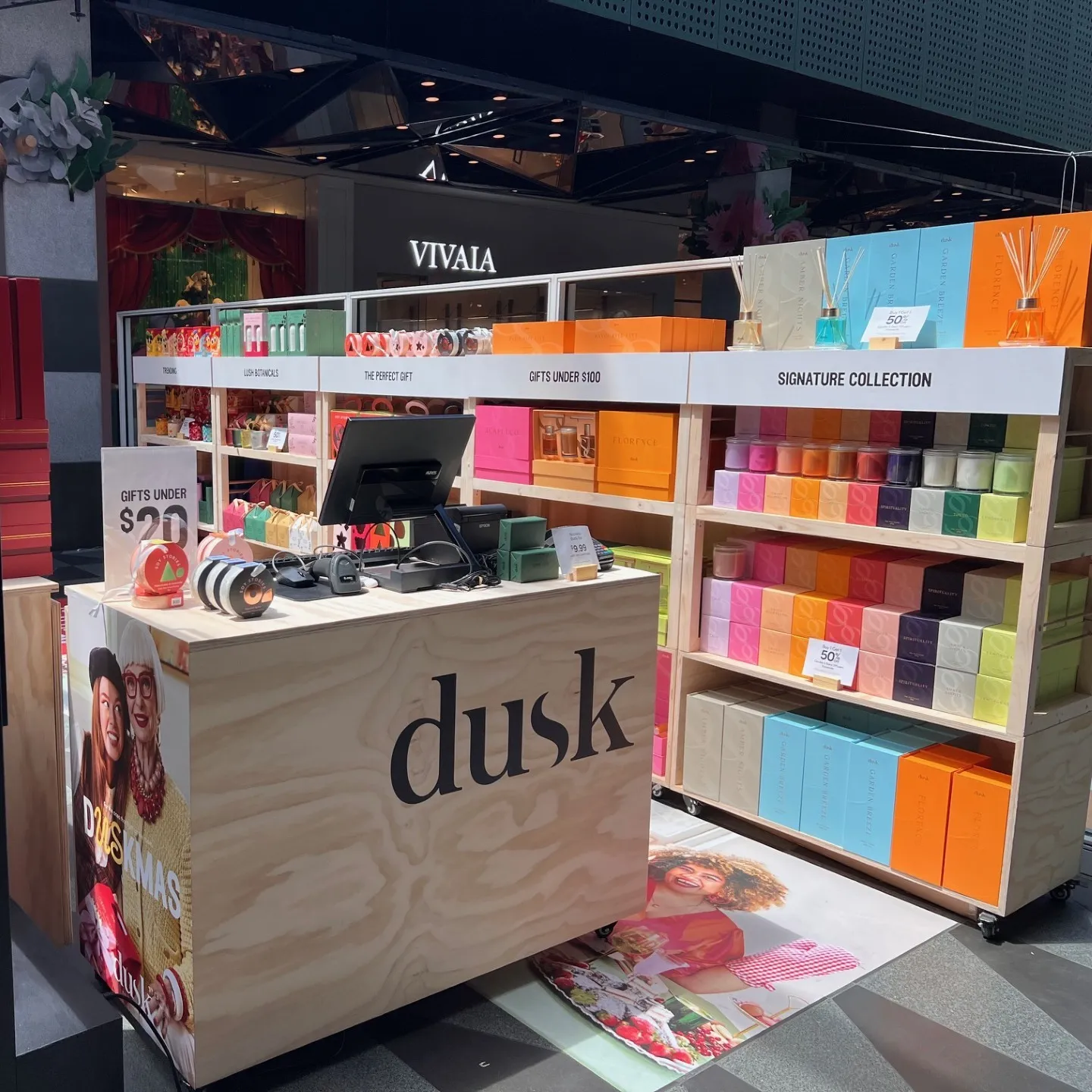In today's hyper-competitive landscape, branding is no longer just about logos and taglines, it's about creating an immersive, memorable identity that connects emotionally with customers. Whether you’re setting up a tradeshow booth, launching a shopping centre pop-up, or settling into a brick and mortar, strategic branding can dramatically boost visibility and perceived value. Done right, the power of branding becomes the invisible force behind engagement and business growth.
Below, we break down the key components of smart branding, common pitfalls, and how to maximise exposure in pop-up, retail, and event spaces.
Branding Hire Units: Making Temporary Feel Permanent
Whether you are hiring an entire kiosk, or singular unit display, the infrastructure is a blank canvas, there to be utilised. All too often, brands treat them as purely functional rather than as powerful branding tools. But with clever branding, these units can embody the full personality of your business.
Key tips for branding hire units:.
- Don't treat it like a temporary set up where the product is the only factor. Find ways to create a pop up version of your brand through signage and styling elements
- From counters to walls to plinths, every flat surface is a branding opportunity. Use removable vinyl graphics or consistent color blocking to reinforce your identity.s.
- Use structures, not just signs. Branded backdrops, arches, floor graphics, or overhead elements can create a clear visual footprint.
- Use lighting, scent diffusers, and emotion provoking visual cues to reinforce brand identity
Removable vinyl wrap applied across the front of our Folding Counter hire unit.
Overhead Banner Sign for Calmer Chai in a custom colour with acrylic lettering.
Investing in Multi-Use Signage
Too often, signage is created for one-time use and then discarded. This is wasteful both financially and environmentally. Multi-use signage, on the other hand, supports sustainability and brand consistency across events.
Best practices:
- Modular design: Use signage systems that can adapt to different configurations as you will be provided different space shapes and sizes across tradeshows, markets and expos.
- Durable materials: Invest in signage that can withstand repeated setups and varied weather conditions.
- Interchangeable panels: Create structures where the messaging can be swapped out but the core display remains intact, by using removeable vinyl decals or other temporary forms.
Multi-use signage turns a one-time cost into a long-term brand asset - smart economics, smart branding.
Branding That Isn’t Signage: The Invisible Elements
Effective branding often extends into subtle, non-obvious elements that influence how people feel about your brand, even if they can’t quite put their finger on why.
Think beyond signs:
- Uniforms and staff language: Consistent attire and branded scripts or greetings reinforce professionalism and personality.
- Packaging and giveaways: Branded totes, water bottles, and even receipts or email follow-ups help extend the brand experience.
- Biophilic design: As a growing trend in retail, integrating natural materials and greenery into spaces (even when just popping up!) makes brands feel more grounded, fresh, and wellness-oriented.
Brands that understand the power of the "invisible" make stronger, more lasting impressions.
Where Brands Go Wrong (Especially at Tradeshows)
At tradeshows and activations, a surprising number of brands underwhelm, not because their products or services aren’t great, but because their presence doesn’t command attention.
Common mistakes:
- Too little branding: A pop-up where the passerby doesn't immedietely know what brand they're looking at means the brand name does not have a clear enough presence. One banner and some business cards is not enough. Attendees won’t remember you.
- Visual clutter: Conversely, overloading the booth with messaging confuses people. Clarity wins.
- No cohesive experience: Branding must align with the space design, the product collection theme and even the product packaging.
Pro tip: Treat every tradeshow or shopping centre activation as a mini-retail space. Plan for storytelling, flow, and interaction, not just transactions.
Beautifully painted platform plinths in custom colours to match the product to create visual cohesion for Mustard Made.
Dusk Christmas pop-up in Melbourne Central Shopping Centre called "Duskmas".
Shopping Centre Pop-Ups: The New Frontier for Brand Experiences
Shopping centres offer an ideal stage for pop-up activations, as they provide built-in foot traffic and are based around leisurely browsing. However, without strong branding, even the best products can fall short.
To stand out:
- Use vertical space: Although given height restrictions, make your activation visible from a distance as best as possible using branded arches, the top of display units, or hanging elements.
- Create Instagrammable moments: Branded backdrops, interactive installations, or photo zones encourage organic social sharing.
- Stay on trend: Incorporate design elements that reflect current aesthetics, such as biophilic design, minimalism, or tactile surfaces.
Remember: shopping centres are shifting toward experiences, not just stores. Your pop-up should feel like a micro-experience, not just a booth.
Why Branding Matters More Than Ever
In an age of sensory overload, shrinking attention spans, and an increasingly saturated marketplace, the power of branding is the one element that can consistently cut through the noise. It’s no longer a “nice to have”, it’s the backbone of any successful business, especially for those operating in markets, pop-ups, or temporary activations.
Your brand is your business's personality, promise, and reputation all wrapped into one. And especially when you're dealing with short-term retail setups, strong branding becomes your best tool to establish trust instantly and spark connection in just seconds.
1. Branding Builds Trust Quickly
When customers encounter your brand for the first time, whether it's at a tradeshow booth or a shopping centre kiosk, they’re making snap judgments. Before they even speak to a staff member, they’re asking themselves:
- Does this feel professional?
- Is this a real company?
- Can I trust them with my money or time?
Strong, cohesive branding provides visual and emotional cues that answer these questions with a confident yes. It signals that you care about your image, and by extension, about the experience you’re offering your customers.
2. It Creates Emotional Connection
People don’t just buy products, they buy into brands. When your brand consistently communicates its values, personality, and story, it invites customers to feel something. This emotional resonance is what turns a casual browser at a shopping centre into a loyal advocate.
Think about Apple, Nike, or even smaller boutique brands in wellness or fashion, they make you feel something. You associate their branding with lifestyle, aspiration, and identity. That kind of power doesn’t come from products alone. It’s rooted in intentional branding.
3. Branding Helps You Stand Out Anywhere
At tradeshows, expos, and busy retail hubs, you’re competing for attention. Branding becomes your most potent differentiator.
Let’s face it: many activations and booths look the same, but a well-branded activation tells a story the moment someone walks by. It might be a clean aesthetic with biophilic elements that feel calming and modern. It might be bold neon lights that shout innovation and excitement. Whatever it is, good branding grabs attention and holds it.
4. It Creates Cohesiveness Across Channels
Whether a customer sees you at a shopping centre activation, visits your website, or engages with your team at an expo, they should feel like they’re interacting with the same trusted entity every time.

